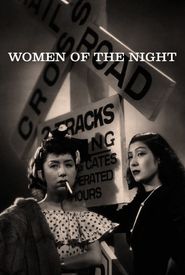Kimura Kume, later known as Kumeko Urabe, was a pioneering Japanese actress born on October 5, 1902, in a rural area of Shizuoka Prefecture. Her childhood was marked by frequent relocations with her father, a Buddhist priest, who was assigned to various temples. This nomadic lifestyle instilled in her a sense of adaptability and flexibility.
Urabe's formal education was completed in Numazu, and in 1919, she left school to pursue a career in the performing arts. She joined a theatre company, touring under different stage names as an actor and dancer. Her stage presence and versatility caught the attention of film studio Nikkatsu, and in 1923, she auditioned and adopted the name Kumeko Urabe, which would become her professional moniker.
Urabe's film career spanned over six decades, with her first appearance on the big screen in 1924. She went on to work with renowned directors such as Kenji Mizoguchi and Mikio Naruse, and accumulated an impressive filmography of over 320 titles. Some of her most notable roles include Ikiru, Older Brother, Younger Sister, Portrait of Madame Yuki, She Was Like a Wild Chrysanthemum, and Street of Shame.
In addition to her film work, Urabe also appeared in television dramas, including thirteen episodes of Toshiba Sunday Theatre between 1958 and 1980. As she entered her later years, she carved out a niche as a "Grandma idol," a term used to describe elderly actresses who continued to captivate audiences with their performances.
Urabe's remarkable career came to a close on October 26, 1989, leaving behind a legacy as one of Japan's first and most beloved actresses.



































